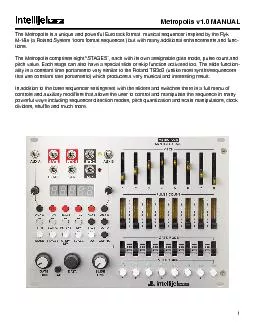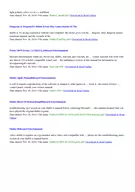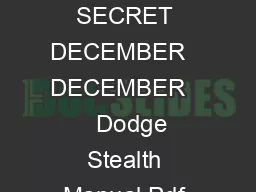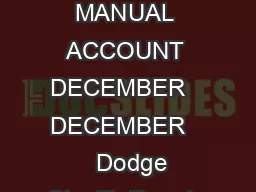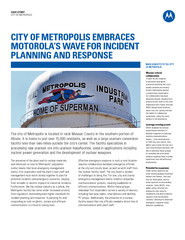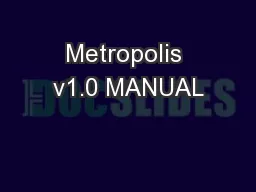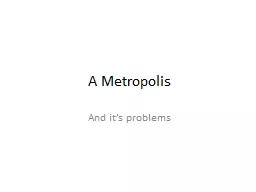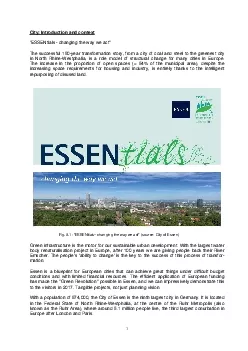PDF-Metropolis v1.0 MANUAL
Author : briana-ranney | Published Date : 2017-02-20
1 The Metropolis is a unique and powerful Eurorack format musical sequencer inspired by the Ryk M185 a Roland System 100m format sequencer but with many additional
Presentation Embed Code
Download Presentation
Download Presentation The PPT/PDF document "Metropolis v1.0 MANUAL" is the property of its rightful owner. Permission is granted to download and print the materials on this website for personal, non-commercial use only, and to display it on your personal computer provided you do not modify the materials and that you retain all copyright notices contained in the materials. By downloading content from our website, you accept the terms of this agreement.
Metropolis v1.0 MANUAL: Transcript
Download Rules Of Document
"Metropolis v1.0 MANUAL"The content belongs to its owner. You may download and print it for personal use, without modification, and keep all copyright notices. By downloading, you agree to these terms.
Related Documents

